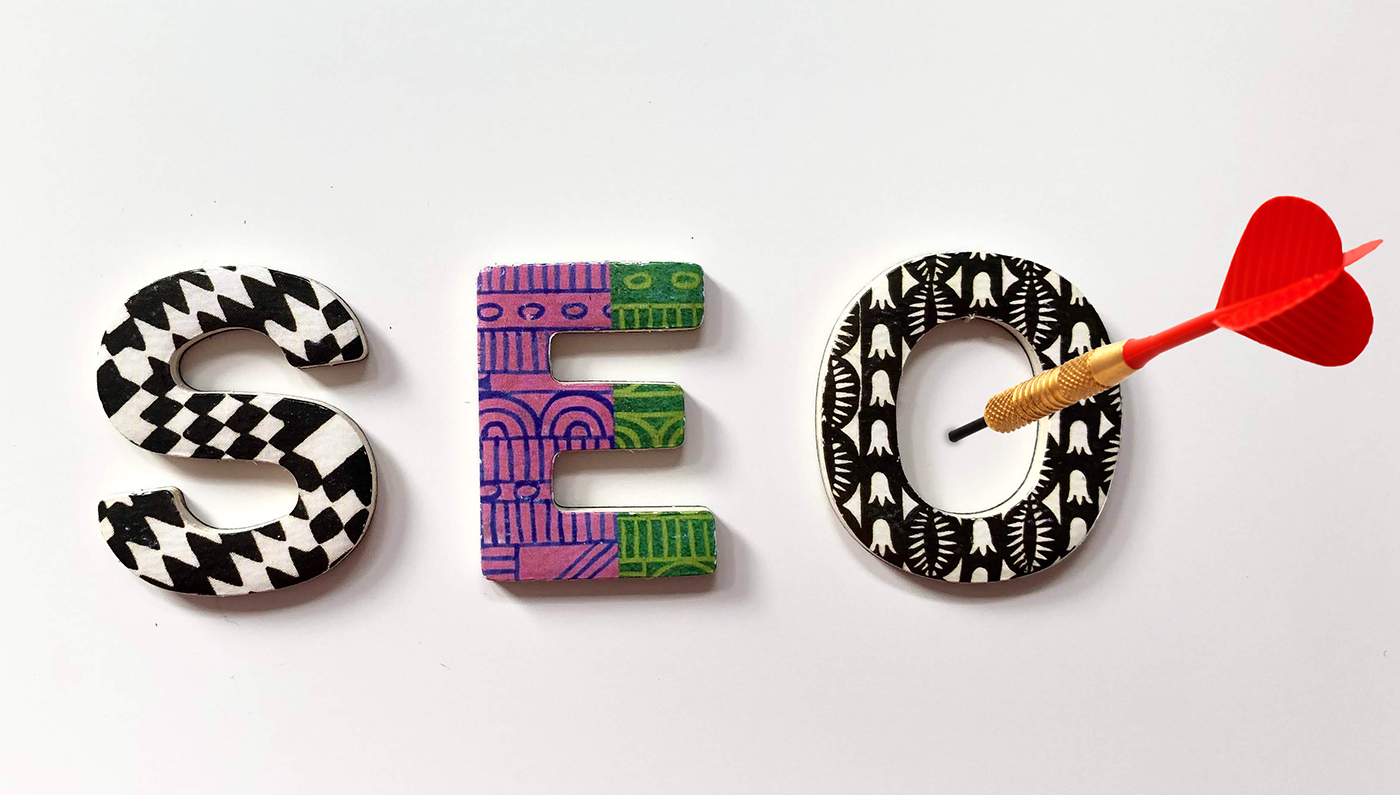Search engine optimisation (SEO) is a fundamental part of any digital and marketing strategy, yet for many unfamiliar with the concept it can feel daunting. Luckily, there are some simple fixes you can do to master the basics.
What is SEO and why is it important?
SEO is the practice of attracting quantity and quality of traffic to a website through organic search results. Websites with better SEO will appear higher on the list of Google search results (other search engines are available). Hardly anyone looks beyond the first page of results, so getting there can be crucial to the success of a website and its owner. The higher a website is, the easier your business is to find for customers, potential clients, potential employees and current staff.
How does SEO work?
Search engines have a complex algorithm that is constantly being tweaked. However, there are some core elements that are consistent. These include the quantity and quality of links on the site, links from other sites to the domain, relevance of content on the site, keyword usage, and mention of the brand/domain in the news.
How can I improve the SEO of my website?
You don’t need to be a tech guru to improve your SEO. Follow these simple steps to start your journey to SEO success.
1. Internal links – Include links from one page of your website to other pages of your website where appropriate. This helps search engines understand the structure of the site.
2. Backlinks – When another website links to a page on your website that is called a backlink. These can be tricky to secure but are valuable. Work with any clients and partners to ask them to link to your website from theirs, and you can do the same in return.
3. Broken links – A broken link is one that doesn’t lead to an active webpage. Perhaps a news story you linked to has since been removed. Broken links harm SEO so remove them whenever they appear. Certain WordPress plug-ins will find and fix broken links.
4. Regular content – Posting new content on a regular basis tells search engines that a site is active. A blog (like this one) is a great way to have a steady stream of fresh content.
5. Keywords – Identify a handful of keywords that are associated with your business and use them liberally throughout the website. However, make sure to use them in actual sentences as search engines can recognise keywords that are out of place.
6. Images – Make sure every image on the site has a relevant file name, description and alt text. For example, if you upload a headshot of John Smith, call the file ‘John_Smith_headshot’, and the description and alt text can be ‘A headshot of CEO John Smith’. All of these things help search engines understand what an image is.
7. Meta descriptions – This is an alternative description of a webpage that only search engines can see. They give you an opportunity to clearly and succinctly explain what is on a page. There are WordPress plug-ins that help with this.
8. Optimise for voice search – The growing popularity of voice search is changing the way people input searches. Where someone might type ‘PR agency London’ into a search engine, using voice search they might say ‘What is the best PR agency in Brighton?’. These will show slightly different results. Add an FAQ page to your website to address this. It gives you an opportunity to write out all these questions in full and give the answers.
9. Loading speed – A second can feel like an eternity when waiting for a webpage to load, and slow websites lose thousands of visitors. There are a range of remedies to slow loading times. Two of the simplest ones to implement are optimising images (don’t upload huge images) and installing a caching plug-in. This minimises requests sent to a server so the page can load faster.
Do you want to know more about SEO best practice, or how to build it into your PR and communications plan? Get in touch with us at info@magentaassociates.co and we’ll be happy to help!








